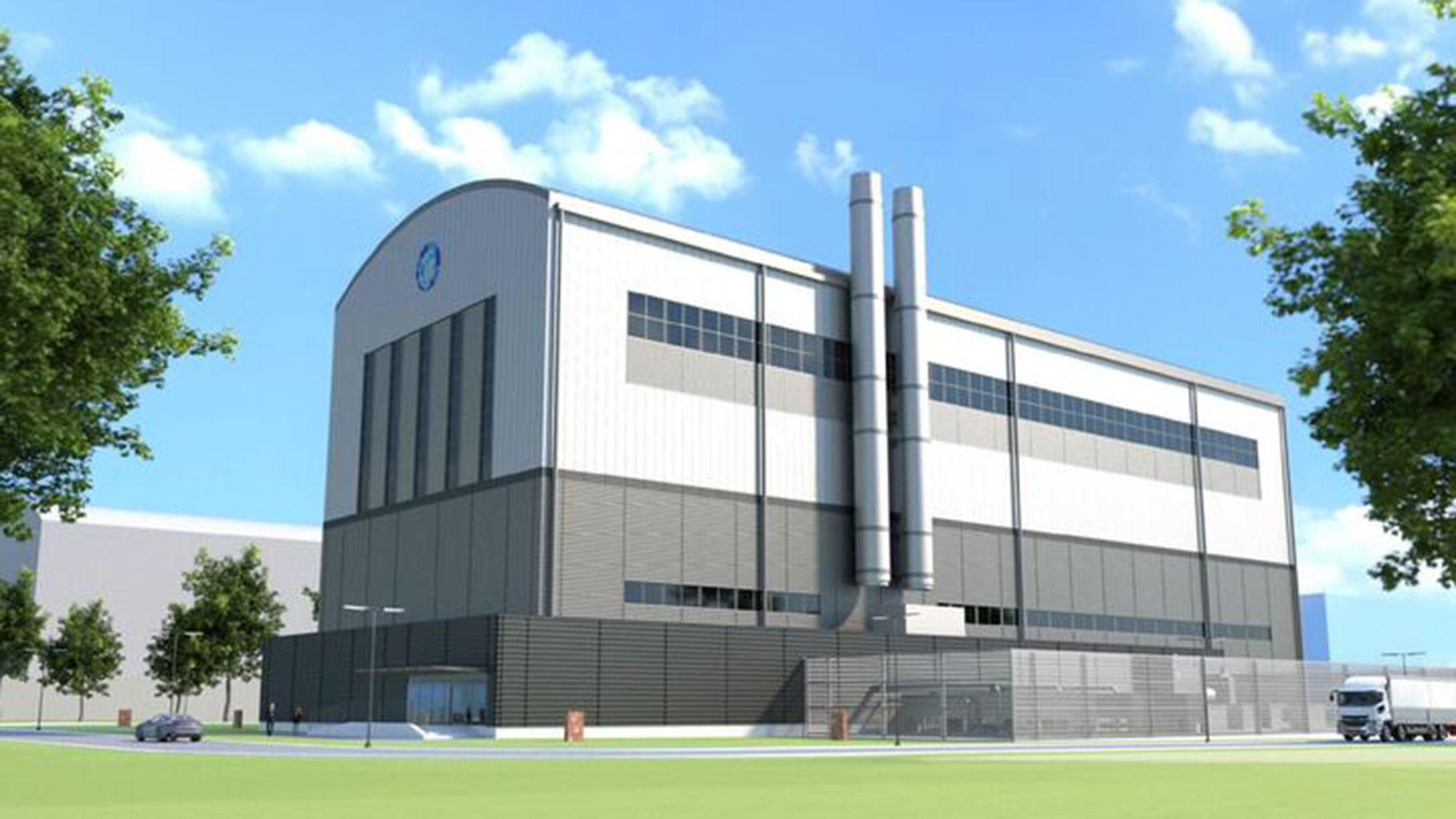

Google is officially putting its weight behind advanced “mini” nuclear reactors in an effort to produce new clean to meet growing AI energy demands. On Tuesday, the company announced an agreement with California-based small nuclear reactor (SMR) startup Kairos Power to commission the development of six or seven reactors that could add 500 megawatts of clean energy to the US electrical grid within the next decade. Google’s buy-in represents the biggest investment for the experimental new reactor type from a tech company and could play a key in making so-called next-generation nuclear commercially viable. The deal is part of a broader embrace of nuclear power by tech giants who are frantically searching for ways to fuel their increasing energy consumption while attempting to stick to their climate goals.
In a blog post, Google said it expects the first of Kairos reactors to come online as early as 2030, with the other five six operational by 2035. Once running, these mini reactors will send power directly to local energy grids which Google will then tap into for use in its data centers. Google did not immediately respond to Popular Science’s request for comment seeking details on the financials of the agreement or proposed locations for the reactors. The deal still requires approval from the US Nuclear Regulatory Commission before it can move forward.

Why choose small nuclear reactors?
Modern small nuclear reactors, or SMRs, are a departure from the cylinder behemoths most people think of when they imagine a nuclear power plant. These “mini” reactors are typically capable of producing just one-third of the power of their larger predecessors. What they may lack in power, however, they make up for in availability and accessibility. SMR’s smaller, modular designs mean they can be produced relatively quickly and deployed in a wider variety of locations and environments than traditional nuclear reactors. In theory, SMRs can be designed en masse in one location and then shipped out to areas depending on their energy requirements. SMRs also reportedly require less frequent refueling. While conventional nuclear power plants need new fuel every year or two, SMRs can last between 3-7 years without needing to top off. Kairos’ particular design uses molten salts of lithium fluoride and beryllium fluoride to cool its reactors rather than water.
Supporters of SMRs say they are also inherently safer than conventional nuclear. The simpler, smaller-scale design means SMRs feature reactor cores with lower reactor power. That lower power means overseers could have more time to respond to incidents or accidents. SMRs generally cut down on the overall amount of valves, pipes, cables, and other components, which in turn cuts down on potential areas of failure. All of this means SMR may be less likely to cause dramatic, dangerous large-scale meltdowns and system failures like those seen at plants in Chernobyl and Fukushima. On a practical level, SMRs also less upfront capital investment to get individual reactors up and running though critics have warned they may have difficulty scaling up over the long term.
Kairos Vice President Jeff Olson said the deal with Google importantly demonstrates there’s a clear market for technology, which could play an important role in efforts to “accelerate the commercialization of advanced nuclear energy.”
“This early commitment from Google provides a strong customer demand signal, which reinforces Kairos Power’s continued investment in our iterative development approach and commercial production scale-up,” Olsen added.
AI energy demands are fueling new nuclear investment
Google made it clear its decision to invest in advanced nuclear energy is directly tied to increased energy demands brought about by AI. Some reports suggest that data centers housing AI models like Google’s Gemini may account for over 9% of the country’s overall energy demand by 2030. A Goldman Sachs forecast from earlier this year estimates up to 60% of that additional energy demand may be met with fossil fuel sources. Google, which has pledged to reach net zero carbon by 2030, is hoping these mini nuclear reactors can help fill that gap, and quickly.
“The grid needs new electricity sources to support AI technologies that are powering major scientific advances, improving services for businesses and customers, and driving national competitiveness and economic growth,” Google Senior Director for Energy and Climate Michael Terrell, said in a statement.
“This agreement helps accelerate a new technology to meet energy needs cleanly and reliably, and unlock the full potential of AI for everyone,” Terrell added.
The agreement comes just weeks after Microsoft announced its own 20-year deal to bring back online the Three Mile Island nuclear facility in Pennsylvania. Though both Google and Microsoft are signaling support for nuclear broadly, they’ve each decided to place their reputational weight, and hefty pocketbooks, behind at times opposing approaches. While Microsoft has opted to reinvigorate conventional nuclear, Google is hoping it can jump-start a far less tested but potentially more available new alternative.
But Google isn’t putting all of its eggs in a nuclear basket. In his statement, Terell said the company is investing in a “broad portfolio of advanced clean electricity technologies to power our global data centers and offices.” So far, that portfolio includes billions of dollars worth of investment in solar and wind farms. Google is also taking a chance on newer, more experimental energy sources like advanced geothermal.
